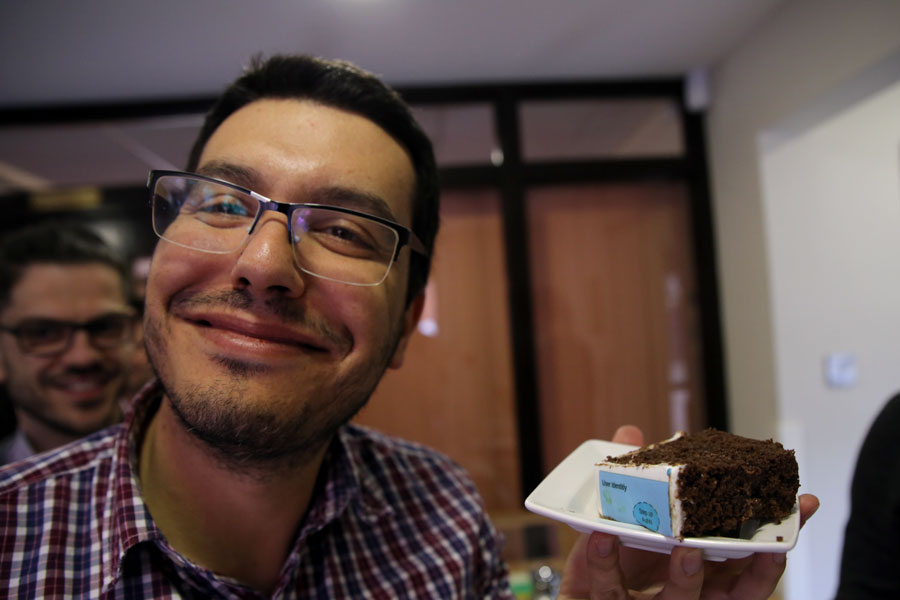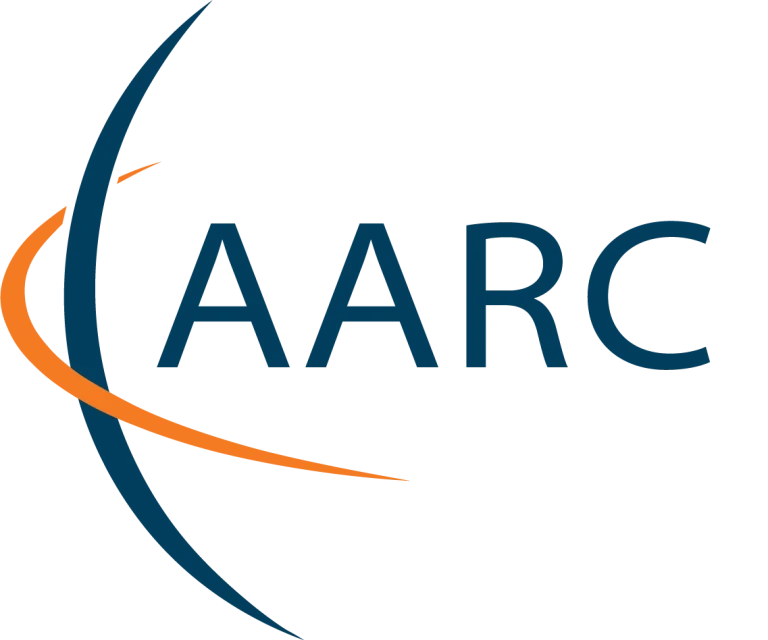After four years of working together, the AARC team had their last project meeting in Abingdon, UK, hosted by STFC, on 18-21 March. During those years, some people have moved on, but the core team has remained and will not dissolve but will migrate to other venues to continue their work.
Meeting highlights
There were two main topics of discussion that dominated the meeting: (i) where AARC work will continue after the project ends, and (ii) finalising deliverables and other documents to ensure that the AARC results are accessible in future.

While all the milestones have been met, five deliverables are still in progress. Work is also ongoing to restructure the project website to make it future-proof. The site is being reorganised to showcase the updated version of the AARC Blueprint Architecture (BPA), the Policy Development Kit (and the relevant policy frameworks) and the AARC in Action section that will host case studies along with relevant testimonials, guidelines and training modules.
A webinar on the AARC BPA and its impact for research collaborations looking for guidance to deploy their own authentication and authorisation (AAI) is planned for 18 April at 15:00 CEST. A second webinar – about AARC extensions and implementations of the REFEDS Assurance Framework – will follow in mid May. Watch out for registration announcements!
AARC will deliver one last training event in April, in collaboration with the GN4 project, on federated access in the context of architecture that foresees an IdP-SP proxy in line with the AARC BPA.
The BPA and the relevant technical guidelines

The Blueprint Architecture is clearly AARC’s major result. It is so versatile that it can even be offered in the form of a cake!

The architecture team led by Nicolas Liampotis (GRNET) had animated discussions about the content of the last deliverable (and the BPA ‘community first’ approach) and on some of the guidelines. The team will deliver at least the following guidelines:
- Expressing affiliation information (AARC-G025 a revamp from a previous guideline)
- Expressing community users identifiers (AARC-G026)
- The community-first approach to the AARC Blueprint Architecture (AARC-G045)
Over time and by design, these discussions have moved to the appint mailing list, which is broader than the AARC team and will continue to host most of these conversations after AARC concludes at the end of April. It is important to note that work on the guidelines will continue under the umbrella of AEGIS. Do subscribe if you want to join the appint mailing list if you are interested in contributing. Check out the very comprehensive presentation that Nicolas gave to find out more.
The AARC policy results
The team, which is led by David Groep (Nikhef), reported on progress towards finalising the two remaining deliverables about:
- traceability in multi-domain service provider environments – this will cover the SCIv2, aspects related to the IdP-SP proxy data minimisation and the AARC Policy Development Kit that is ready for everybody who needs policy guidance when deploying an AAI that follows the AARC BPA. Please promote it as much as possible with your peers.
- recommendations for eResearch-centric policy and assurances – this will cover the AARC guidelines on assurance to complement: the REFEDS RAF specifications (the webinar is planned for 13 May at 15:00 CEST); the work to ‘untangle assurances’ (see picture below); the AARC AUP (which is now a WISE document); and the example on how to use it.

The AARC pilots results
The pilots have been an excellent way to understand the challenges research communities face when deploying an AAI in line with the AARC BPA. They have also been an excellent way to transfer knowledge from the AARC AAI experts to the research communities themselves. All pilots are now concluded and the final documentation is being prepared, to ensure other communities can benefit even when the project is over.
The work package leader Arnout Terpstra (SURFnet) and representatives of the research communities (CTA, DARIAH, EPOS, Life Sciences AAI, LifeWatch, LIGO, EISCAT_3D, WLCG) reported on the results of the pilots and the lessons learned. Mikael Linden (CSC) and Petr Holub (BBMRI-Eric) noted that the Life Sciences AAI pilot has always been intended as a preparatory phase to move to a production service; the EOSC Life EC-funded project that started in March 2019 will provide the necessary framework to continue the work further.
Further information
We will keep posting on this blog until everything in AARC is really done, including the EC project review, which is scheduled for mid June 2019.


